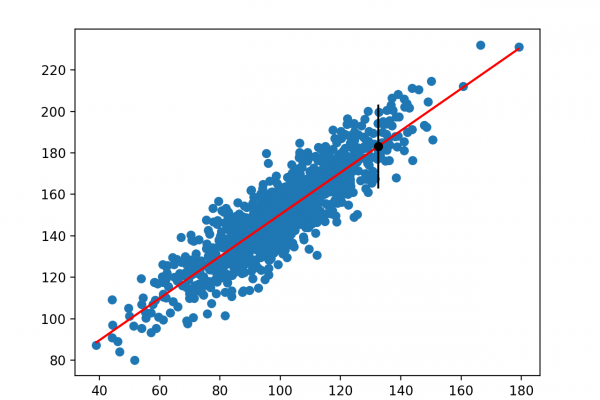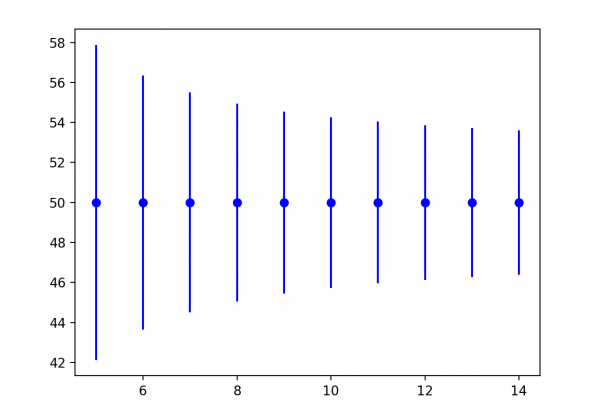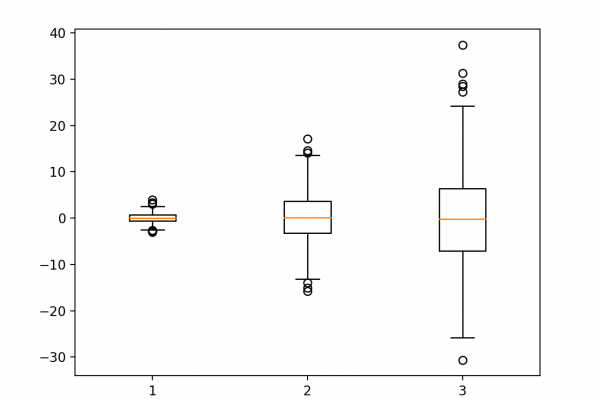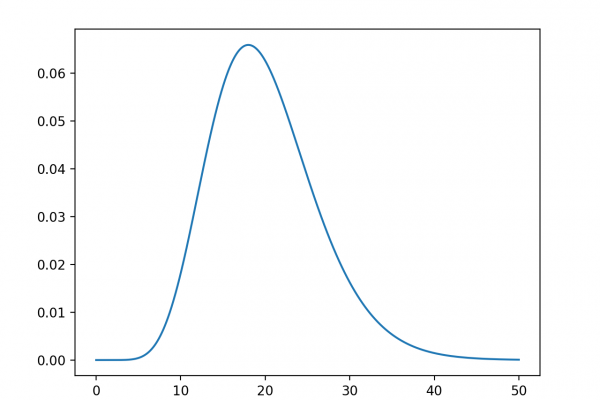How to Transform Data to Better Fit The Normal Distribution
Last Updated on August 8, 2019 A large portion of the field of statistics is concerned with methods that assume a Gaussian distribution: the familiar bell curve. If your data has a Gaussian distribution, the parametric methods are powerful and well understood. This gives some incentive to use them if possible. Even if your data does not have a Gaussian distribution. It is possible that your data does not look Gaussian or fails a normality test, but can be transformed […]
Read more








